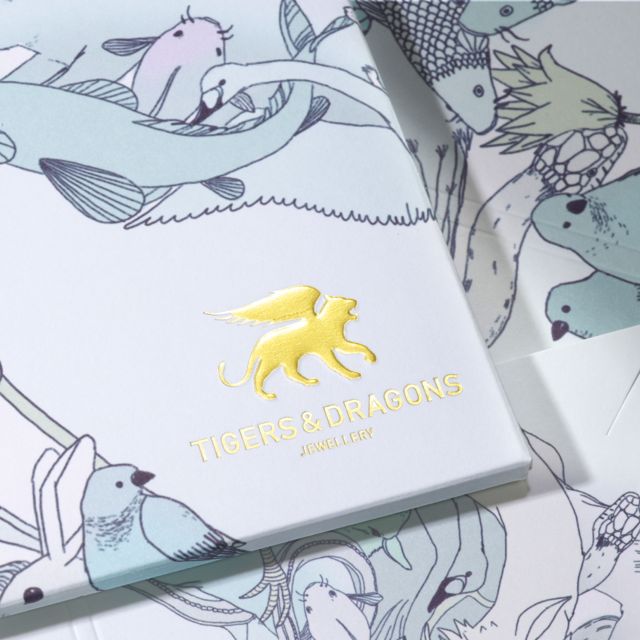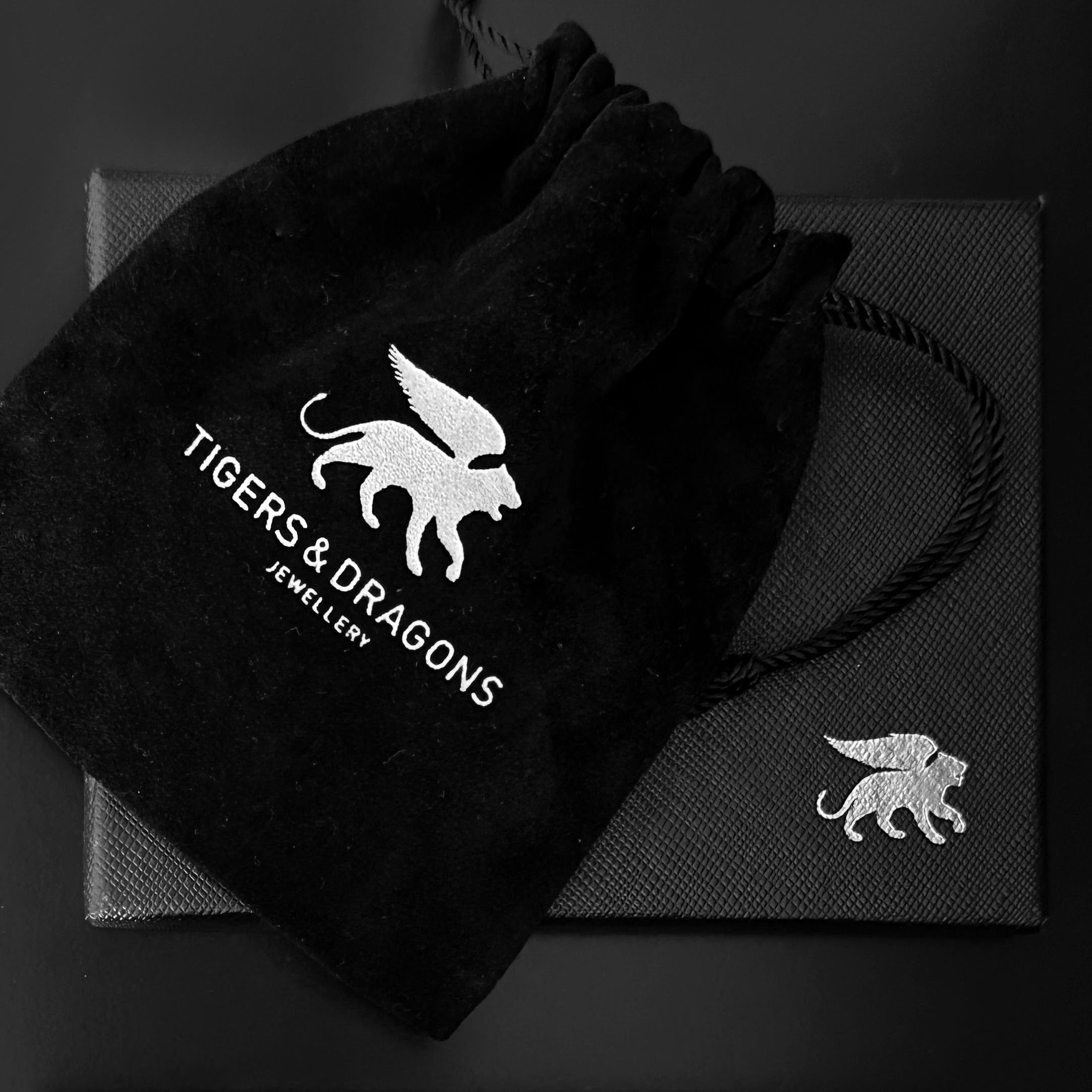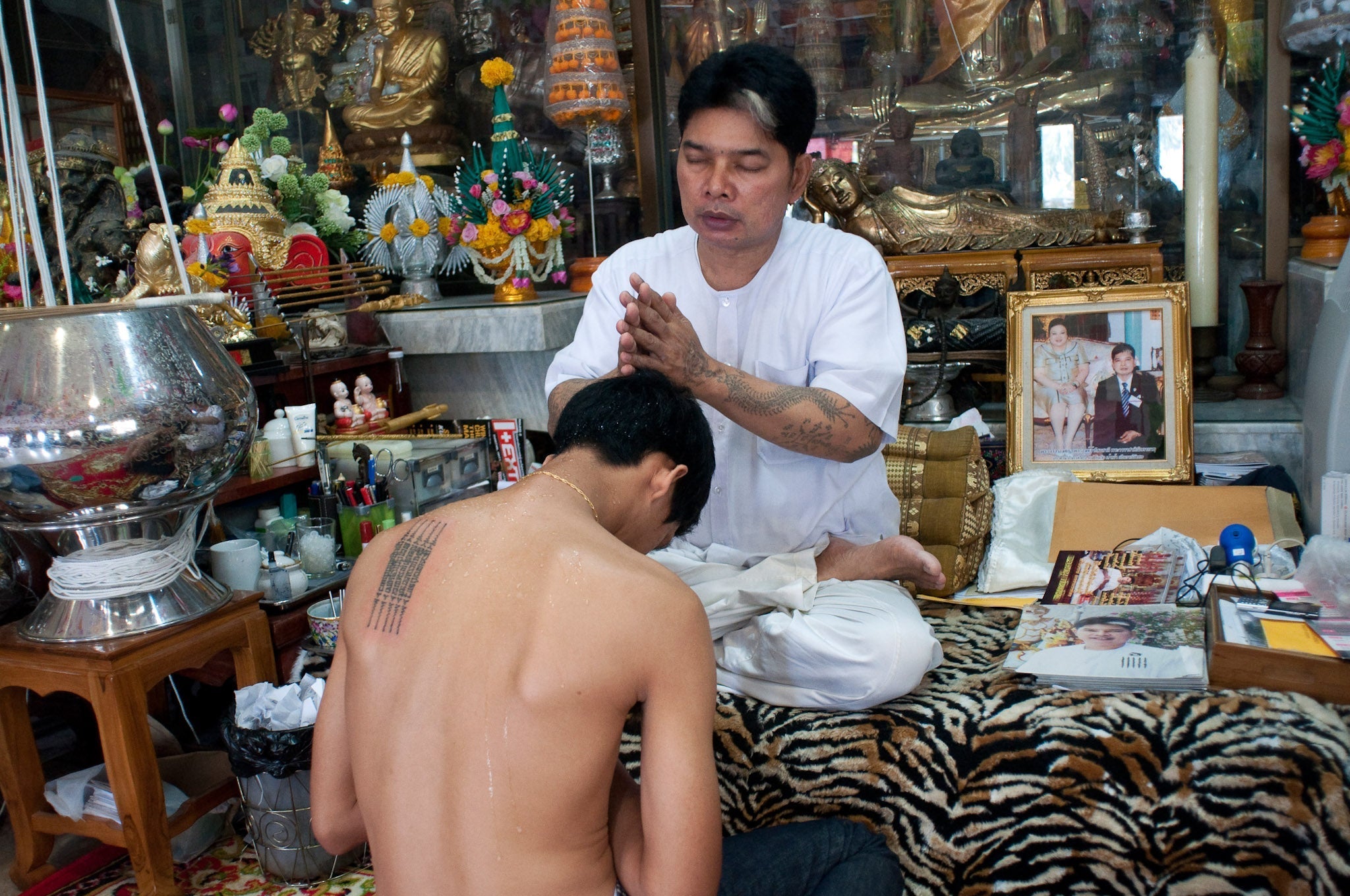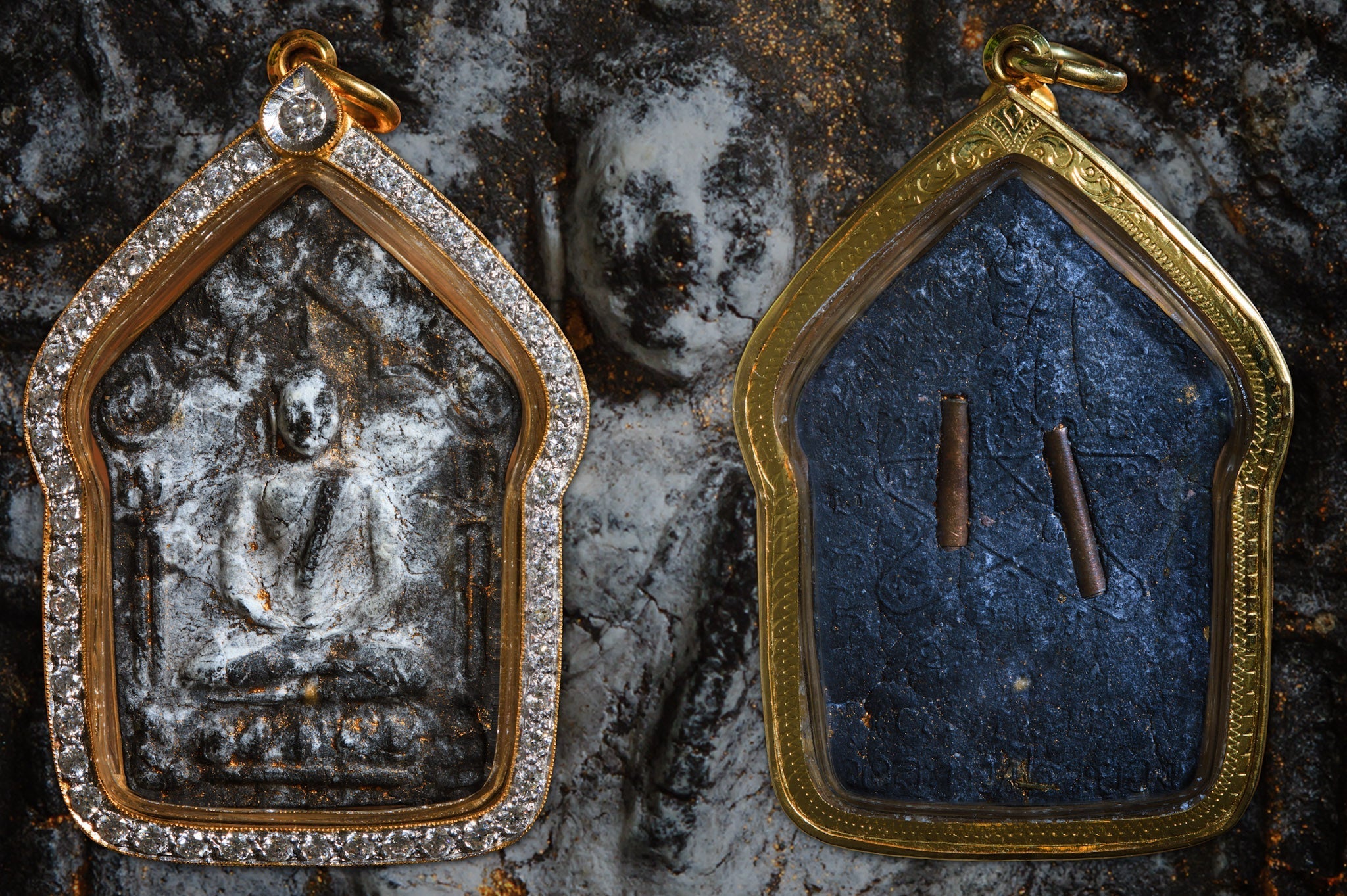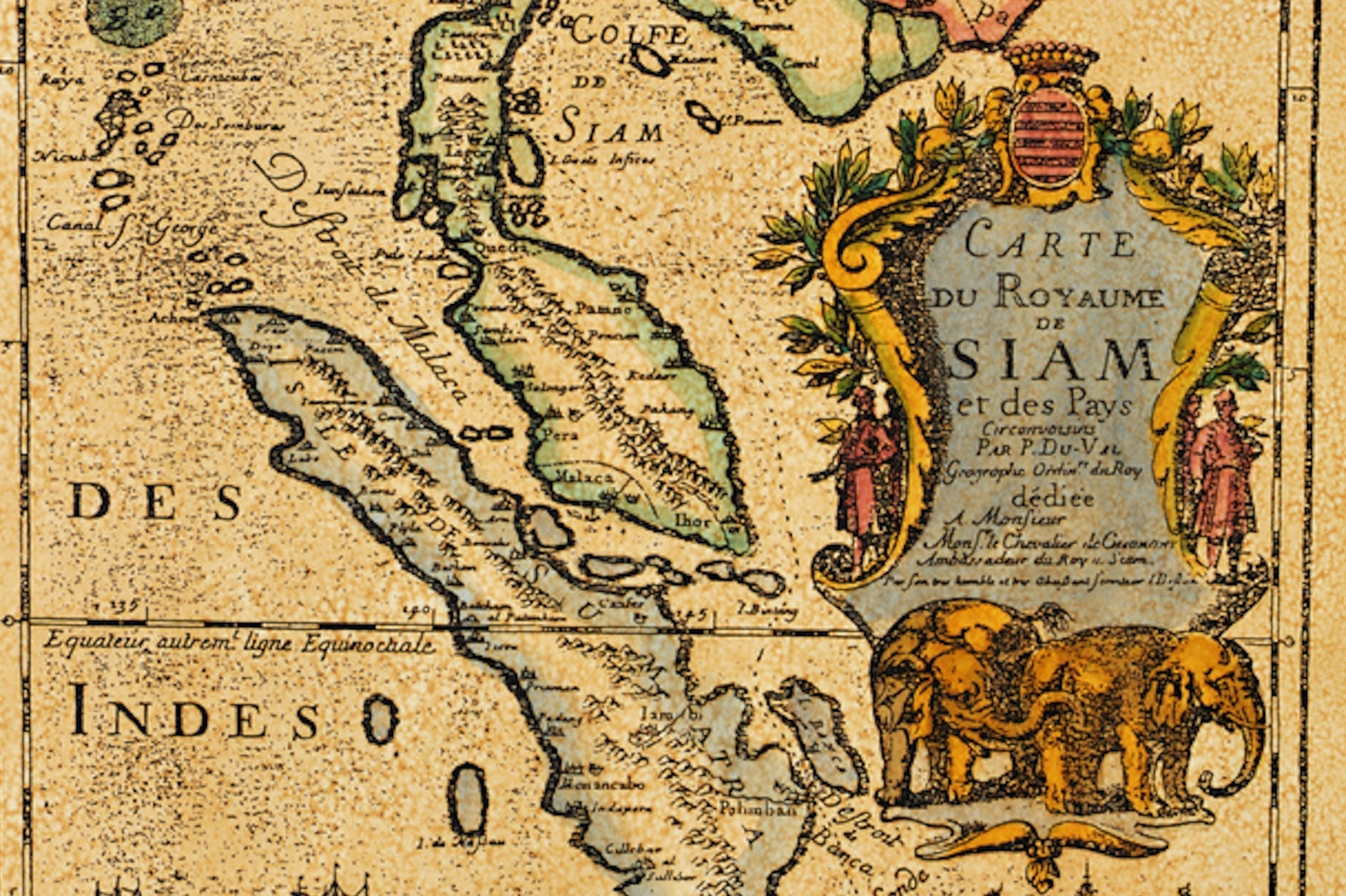
Regional Variations: Northern, Central, and Southern Thai Amulet Traditions
The Geographic Tapestry of Thai Buddhist Culture
Thailand's diverse geographical landscape has fostered distinct regional variations in Buddhist practice and artistic expression, with amulet traditions serving as particularly revealing indicators of these cultural differences. The kingdom's three primary regions—the northern Lanna territories, the central Chao Phraya river basin, and the southern peninsula—each developed unique approaches to sacred object creation that reflect local spiritual needs, artistic sensibilities, and historical experiences.
These regional variations emerged from complex interactions between geography, political history, trade relationships, and cultural exchange with neighboring civilizations. Understanding these differences provides insight into the rich diversity within Thai Buddhist culture and the ways local communities adapted universal Buddhist principles to specific environmental and social contexts.
Northern Thai (Lanna) Traditions
Historical and Cultural Context
The northern region of Thailand, historically known as the Lanna Kingdom (1296-1775), developed distinct Buddhist traditions influenced by connections with Burma, Laos, and Yunnan province in China. The mountainous geography and relative isolation of northern valleys fostered preservation of ancient practices and development of unique artistic styles.
Lanna Buddhism maintained stronger connections to forest meditation traditions and incorporated significant elements from pre-Buddhist animistic practices. These influences are clearly visible in northern amulet traditions, which often feature imagery and symbolism distinct from central Thai orthodoxy.
The region's history of political independence until the 19th century allowed for autonomous development of religious and artistic traditions. Lanna temples maintained their own ordination lineages, architectural styles, and ritual practices, all of which influenced local amulet production.
Distinctive Iconographic Features
Northern Thai amulets demonstrate several characteristic iconographic elements that distinguish them from other regional traditions. Buddha images in Lanna style typically feature more angular facial features, with pronounced cheekbones and distinctive eyebrow treatments that reflect local artistic preferences.
The treatment of monastic robes in northern amulets often incorporates elaborate decorative elements and geometric patterns that reflect Lanna textile traditions. These design elements create visual connections between amulets and the broader material culture of northern Thailand.
Crown and ornamental elements in northern Buddha imagery frequently incorporate motifs derived from local flora and fauna, including stylized representations of northern Thailand's mountainous landscapes and forest environments.
Material Traditions and Techniques
Northern Thai amulet makers traditionally employed materials readily available in mountainous regions, including specific clay compositions, local metal ores, and forest-derived organic components. The use of teak and other northern hardwoods in amulet creation reflects the region's abundant forest resources.
Lanna metalworking traditions incorporated techniques and alloy compositions distinct from central Thai practices. The historical presence of tin and other metal deposits in northern Thailand influenced local alloy development, creating regionally specific material signatures.
The integration of amber, local gems, and mineral deposits into northern amulets reflects both geological availability and cultural preferences that developed over centuries of regional artistic tradition.
Sacred Geography and Local Saints
Northern Thai amulets frequently incorporate imagery related to regionally significant Buddhist figures and local spiritual traditions. The veneration of northern meditation masters and forest monks created distinct iconographic traditions centered on these regional saints.
The influence of local spirit traditions (phi) remains more prominent in northern amulets, with many pieces incorporating protective imagery related to guardian spirits of specific mountains, forests, or communities. This syncretism reflects the continued vitality of pre-Buddhist spiritual traditions in northern Thailand.
Pilgrimage sites specific to the northern region, such as Doi Suthep and other sacred mountains, influenced the development of specialized amulet traditions associated with these locations.
Central Thai Traditions
The Royal and Orthodox Center
Central Thailand, centered on the Chao Phraya river basin and the capital Bangkok, became the standardizing force in Thai Buddhist practice following the establishment of the Chakri dynasty in 1782. This region's amulet traditions reflect both royal patronage and the development of orthodox Theravada Buddhist practices.
The concentration of royal temples, major monastic universities, and scholarly Buddhist institutions in central Thailand created environments where amulet production achieved high levels of sophistication and standardization. Many of the most famous Thai amulet traditions, including those of Somdej Toh, originated in central Thai temples.
The region's position as the political and economic center of modern Thailand allowed for extensive patronage of amulet creation and the development of elaborate blessing ceremonies that often incorporated royal participation or recognition.
Classical Iconography and Standardization
Central Thai amulets tend to follow more standardized iconographic conventions, reflecting the region's role in codifying orthodox Buddhist artistic traditions. Buddha images typically feature the serene, idealized facial expressions and proportions associated with classical Thai Buddhist art.
The influence of royal court artistic traditions is visible in the elaborate ornamentation and refined execution of many central Thai amulets. Royal workshop techniques and aesthetic preferences spread to temple-based amulet production through patronage relationships and artistic exchange.
Central Thai traditions emphasize iconographic accuracy and adherence to established canonical forms, creating amulets that serve as authoritative expressions of orthodox Buddhist imagery.
Material Sophistication and Innovation
The economic prosperity of central Thailand and its position as a trade center allowed for access to diverse materials and development of sophisticated production techniques. Central Thai amulet makers had access to imported materials and could afford extensive experimentation with complex alloy compositions.
The famous Nur Mekkaphat alloy traditions reached their highest development in central Thai workshops, where master craftsmen refined formulations and techniques over generations. The region's temples accumulated extensive knowledge of material properties and blessing procedures.
Innovation in pressing techniques, mold-making, and surface treatments often originated in central Thai workshops before spreading to other regions. The development of standardized sizing, weight specifications, and quality controls reflects central Thailand's role as the center of amulet commerce.
Monastic Lineages and Scholarly Traditions
Central Thailand's concentration of major monastic institutions created environments where learned monks could develop sophisticated approaches to amulet creation. The integration of textual scholarship with practical blessing procedures reached its highest expression in central Thai traditions.
The documentation and systematization of blessing procedures, material formulations, and iconographic standards largely originated in central Thai monastic communities. These scholarly approaches to amulet creation influenced practices throughout Thailand.
The establishment of authentication systems and quality standards for amulets developed primarily within central Thai collector and monastic communities, reflecting the region's role as the center of amulet scholarship and commerce.
Southern Thai Traditions
Maritime Influences and Cultural Exchange
Southern Thailand's position on the Malay Peninsula exposed the region to diverse cultural influences through maritime trade and cultural exchange with the Malay world, Indonesia, India, and Sri Lanka. These connections significantly influenced local Buddhist traditions and amulet practices.
The region's history of independent principalities, including the kingdoms of Nakhon Si Thammarat and Songkhla, fostered development of distinct local traditions that combined Thai Buddhist elements with influences from across the Indian Ocean trade networks.
Islamic presence in the deep south and cultural exchange with Muslim communities created unique conditions for Buddhist practice, often leading to emphasized protective and defensive aspects in local amulet traditions.
Distinctive Regional Characteristics
Southern Thai amulets often incorporate iconographic elements derived from Sri Lankan Buddhist traditions, reflecting historical religious connections through maritime trade. These influences are particularly visible in Buddha image styles and decorative motifs.
The region's tropical environment and coastal geography influenced material choices and preservation concerns, leading to development of specific techniques for protecting amulets from humidity and salt air exposure.
Local mineral resources, including tin deposits and marine-derived materials, created distinctive material signatures in southern Thai amulets. The incorporation of coral, shells, and other marine elements reflects the region's coastal environment.
Protective Traditions and Martial Arts
Southern Thailand's history of conflict and frontier conditions fostered strong traditions of protective amulets and martial arts-related sacred objects. Many southern amulet traditions emphasize invulnerability, courage, and protection from weapons.
The region's association with traditional martial arts (muay boran) and warrior traditions created specialized amulet categories designed to enhance physical prowess and provide protection in combat situations.
The integration of Hindu-derived protective symbols and Tantric elements appears more prominently in southern traditions, reflecting cultural exchange with Indian and Southeast Asian civilizations.
Local Saints and Regional Devotions
Southern Thailand developed distinct traditions of venerating regionally significant monks and spiritual teachers. Amulets featuring southern saints often emphasize their roles as protectors and defenders of Buddhism in frontier conditions.
The influence of trade relationships and cultural exchange created traditions of amulets designed for travelers, merchants, and seafarers—specialized protective objects suited to the mobile lifestyle of southern Thai communities.
Local pilgrimage sites and sacred locations unique to southern Thailand generated specialized amulet traditions associated with these places, often incorporating materials and symbols specific to regional geography.
Comparative Analysis and Regional Interactions
Artistic Style Evolution
The three regional traditions demonstrate different approaches to artistic representation within Buddhist iconographic frameworks. Northern traditions emphasize geometric precision and local material qualities, central traditions focus on orthodox refinement and royal aesthetic standards, while southern traditions incorporate diverse cultural influences and protective symbolism.
Cross-regional influence and exchange created hybrid forms and contributed to the evolution of each tradition. Political unification under the Bangkok-centered monarchy facilitated spread of central Thai standards while allowing regional variations to persist.
Modern transportation and communication have increased interaction between regional traditions, leading to both homogenization and conscious preservation of distinctive regional characteristics.
Material and Technical Variations
Regional geological differences significantly influenced local material traditions. Northern regions' mountain resources, central plains' alluvial deposits, and southern coastal materials each contributed to distinctive regional material signatures.
Technical knowledge and craft traditions developed differently in each region based on available resources, cultural exchange patterns, and local needs. These differences remain visible in contemporary amulet production despite increased standardization.
The preservation of regional technical knowledge faces challenges from modernization and centralization, making documentation of these variations increasingly important for cultural preservation.
Contemporary Regional Identity
Modern Thai regionalism has led to renewed interest in preserving and promoting distinctive regional amulet traditions as expressions of local cultural identity. This trend supports both cultural preservation and local economic development.
Tourism and cultural promotion efforts increasingly emphasize regional uniqueness in amulet traditions, creating markets for authentic regional styles while raising concerns about commercialization of sacred traditions.
Educational institutions and cultural organizations work to document and preserve regional variations while training new generations of craftspeople in traditional techniques and cultural knowledge.
Challenges to Regional Tradition Preservation
Modernization and Standardization
Economic development and improved transportation have facilitated the spread of standardized amulet production techniques and commercial distribution systems that may overwhelm traditional regional variations.
Mass media and national education systems tend to promote central Thai cultural standards, potentially marginalizing regional traditions and knowledge systems that developed over centuries.
The migration of rural populations to urban centers disrupts traditional knowledge transmission systems and reduces the number of practitioners maintaining regional craft traditions.
Documentation and Research Needs
Systematic documentation of regional variations requires extensive fieldwork and collaboration with local communities to capture knowledge that may exist only in oral traditions or individual practice.
Academic research on regional amulet traditions remains limited, with most scholarship focusing on major central Thai traditions rather than comprehensive regional analysis.
The integration of anthropological, art historical, and religious studies approaches is necessary for comprehensive understanding of regional variations and their cultural significance.
Future Directions and Cultural Preservation
Balancing Tradition and Change
Contemporary efforts to preserve regional amulet traditions must balance respect for traditional practices with adaptation to modern social and economic conditions.
Digital documentation projects offer promising approaches for preserving traditional knowledge while making it accessible to broader audiences and future generations.
Collaborative research involving scholars, practitioners, and community members provides frameworks for respectful documentation and preservation of regional traditions.
Educational and Cultural Programs
Museum exhibitions and cultural programs that highlight regional variations help raise awareness of Thailand's diverse Buddhist heritage and the importance of preserving local traditions.
Artisan training programs that emphasize traditional regional techniques provide pathways for cultural transmission while supporting local economic development.
Academic programs that include regional variation studies in Thai Buddhist art and culture help ensure continued scholarly attention to these important cultural expressions.
Conclusion
The regional variations in Thai amulet traditions reflect the rich diversity of Thai Buddhist culture and the ways local communities adapted universal religious principles to specific geographical, historical, and cultural contexts. Understanding these variations provides insight into Thailand's complex cultural landscape and the ongoing vitality of local religious traditions.
These regional differences represent valuable cultural resources that contribute to Thailand's national heritage while serving important functions for local communities. Their preservation requires conscious effort from scholars, practitioners, and cultural institutions to document traditional knowledge and support continued practice within appropriate cultural contexts.
The study of regional amulet variations ultimately reveals the dynamic nature of Thai Buddhist culture and its capacity to maintain both unity and diversity across different geographical and social environments. This balance between commonality and regional distinctiveness continues to characterize Thai Buddhist practice and its material expressions in the contemporary period.






